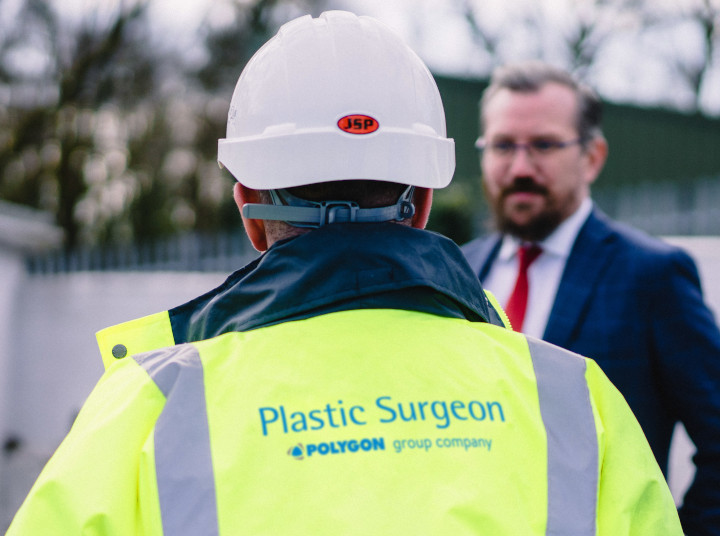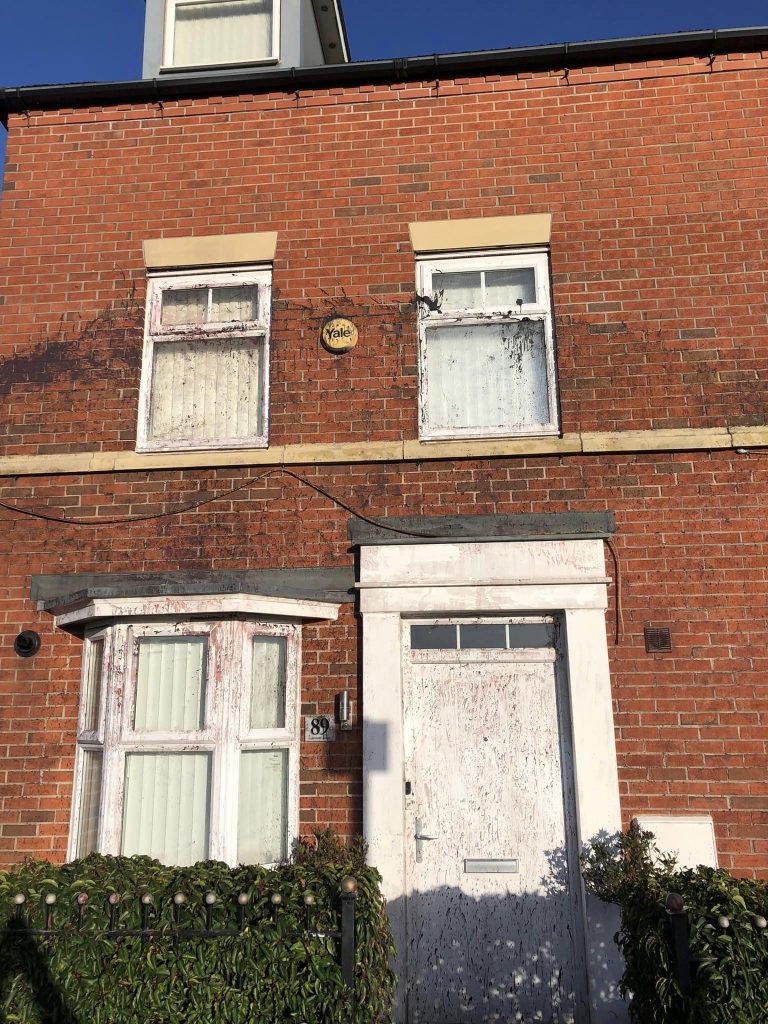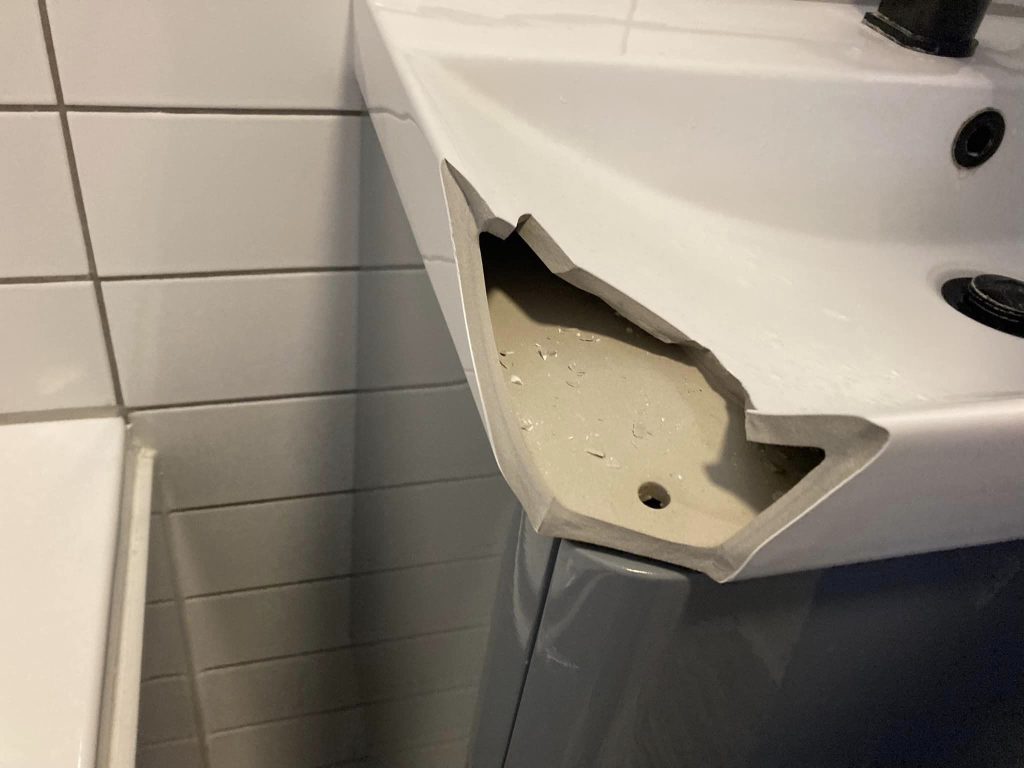Update your profile
Social networking media such as Facebook and Twitter have not only got half the population hooked on detailing their every thought and activity on line, but also provide the commercial world with a new conduit to relay information about their products and services to potential customers.
As a company with a strong track record in the effective use of IT, Plastic Surgeon therefore makes no apologies for embracing these forms of communication.
In order to operate effectively all our Finishers are equipped with hand held computers which we refer to as “Mobile Finishers”: enabling them to be allotted assignments and feed back results to the main office. And we have developed a unique online reporting system, VisibilITy, so that customers can check repair statistics and see how much waste they have saved from going to landfill.
Now through blogs and other messages, we are telling the construction world on a regular basis about our efforts in promoting sustainability, as well as the company’s diverse activities across the sectors.
Mention ‘profiles’ to any of our Finishers, however, and they are likely to picture the last uPVC window frame or piece of fascia they repaired, rather than changing the details on a Facebook page.
No-one can argue with the fact that the BRE’s Green Book endorses the specification of uPVC, and the manufacturers correctly claim that the material is almost endlessly recyclable. The ‘inconvenient truth’, though, is that the components employed in shaping our built environment are very susceptible to damage, and those that succumb all too often end up in skips rather than being salvaged, chipped and reused.
The types of damage Plastic Surgeon is called to deal with vary from minor scratches and peeling, to serious distortions, large punctures and even burns. Happily, nearly all of them can be successfully remedied. Some might consider cheap, DIY repair kits as the solution. But those that try this option will soon realise the downfalls, from a poor colour match to substandard finish.
If we first consider the sort of striations that result from tradesmen being careless with screwdrivers, claw hammers and other sharp objects – these can very often be smoothed out. Early in their training, our Finishers are shown how to sand out minor damage employing a succession of gradually finer abrasives, until they are restoring the surface’s original level of reflectance.
Deeper scrapes and dents generally require the repair process to begin with the application of a two-part or three-part filler, before the sanding process can be used to restore the shape of the extrusion.
And while white remains the most popular choice of colour for the majority of purchasers of uPVC products, there are countless variations to it, and a full spectrum of colours employed by companies making door panels, baths, skirting boards, cladding and other common components.
This is why colour mixing and matching is an essential skill acquired by every Finisher. They learn to blend basic pigments on a palette before touching up both solid colours, intricate patterns and grain effects as part of a process which is normally undetectable to the casual observer.
One of the most remarkable interventions our Finishers make on a regular basis is where a uPVC profile has become distorted in shape due to heat or having some twisting force exerted on it (this often occurs when heavy objects are dragged through windows).
Employing an electric heat gun and a great deal of experience, the Finisher is able to ‘coax’ the profile back into shape: utilising the fact that uPVC has an inherent ‘memory’. Follow this with a polish and nobody would believe the condition it started in.
As a truly versatile material, manufactured using mostly salt and by products from the petroleum industry, uPVC is set to remain as much a part of our everyday lives as social networking. Plastic Surgeon’s role is therefore to ensure as much of it as possible remains in use for its full normal working life, rather than going through energy intensive recycling or being consigned to landfill.







